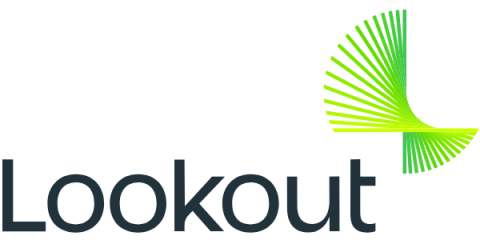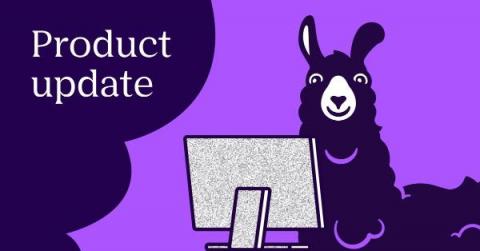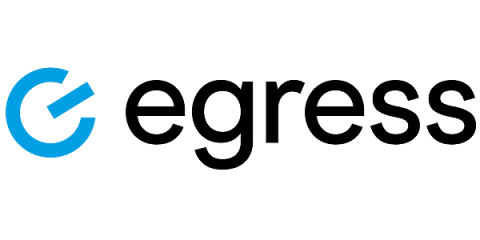Replacing Traditional Security Models: Why the Shift to Zero Trust Matters
The increasing sophistication of cyber attacks, the proliferation of cloud services, and the new normal of remote work have all changed the modern cybersecurity landscape. As traditional perimeter-based approaches to security become increasingly vulnerable to these modern cyber threats, zero trust has emerged as the modern security strategy of choice. Zero trust architecture is critical for any organization seeking to improve resilience, reduce breach risk, and enhance data protection.










